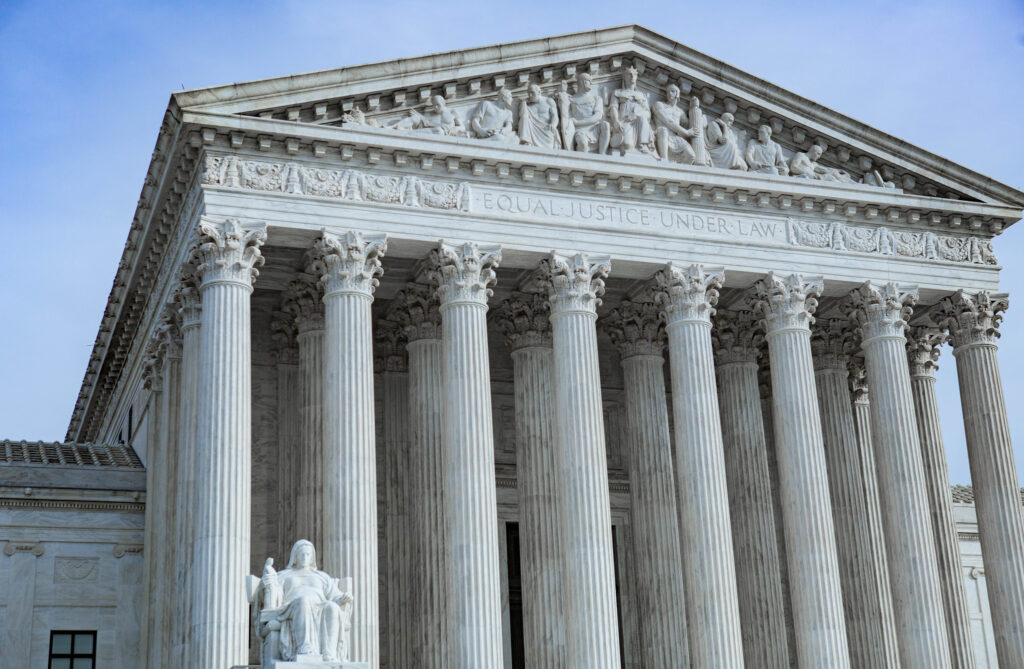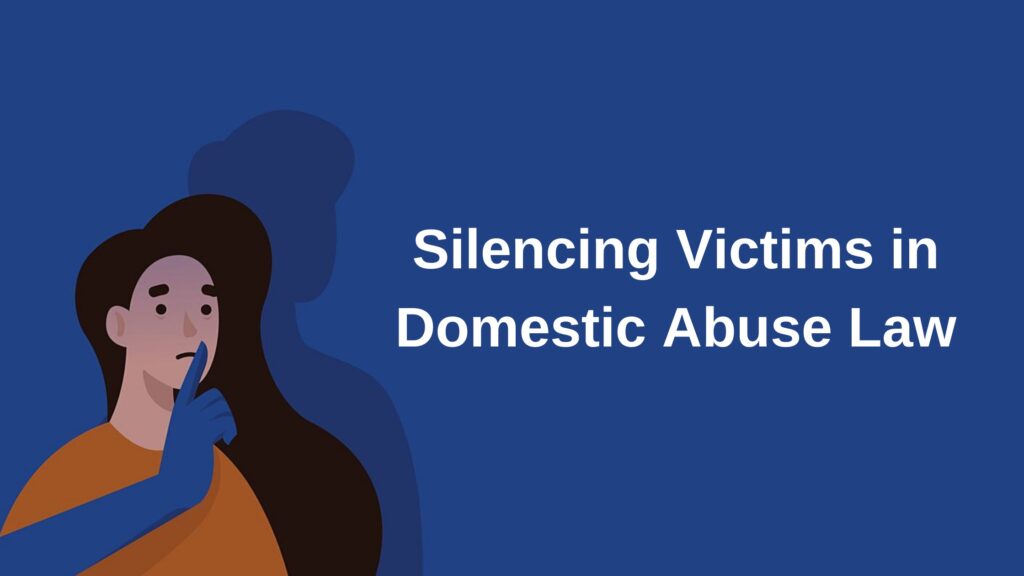Bernardo Carvalho de Mello
On December 29, 2023, the Republic of South Africa sued the International Court of Justice, bringing the State of Israel to the Hague Court over allegations of violations of the 1948 Convention for the Prevention and Suppression of the Crime of Genocide (hereinafter “Convention against Genocide” or “convention”). In short, South Africa initiates judicial proceedings to (a) verify that the actions committed by Israel in Gaza constitute violations of different obligations present in the convention and (b) obtain a decision in precautionary proceedings and immediately suspend Israel’s military actions in and against Gaza.
Knowing that proceedings before the Hague Court can take years, a request during the course of the conflict also aims to obtain a precautionary order to influence current events. This even seems to be a trend in recent years in terms of human rights. In this sense, it is possible to verify that the court was recently approached in two cases involving the same convention: the case of Ukraine v. Russia (2022) [1] and the case of Gambia v. Myanmar (2019) [2]. In both cases, the International Court issued precautionary orders demanding specific actions from the requested States to protect the rights present in the convention.
This text technically analyses the case filed by South Africa before the Hague Court in light of existing international rules and the court’s jurisprudence on the matter to clarify the meaning of this legal action for the conflict. Initially (1), it focuses on South Africa’s allegations, thus examining its initial petition. To this end, I will analyse the court’s jurisprudence on matters of genocide and precautionary measures (2) Seeking parallels with the current situation, I will speculate on the possible directions the court might pursue regarding the case.
(1) South Africa’s allegations and the court’s procedural requirements
In its application [3], South Africa argues that Israel is violating the Genocide Convention, among other allegations, by failing to act to prevent the carrying out of genocide, for conspiring to carry out a genocide and for preventing the investigation and punishment of genocide, in accordance with articles I, II, III, IV, V and VI of the convention [4]. According to the South African document, “The acts and omissions by Israel complained of by South Africa are genocidal in character because they are intended to bring about the destruction of a substantial part of the Palestinian national, racial and ethnical group, that being the part of the Palestinian group in the Gaza Strip (‘Palestinians in Gaza’).” Among the different sources it uses to support its arguments, South Africa uses statements from various countries and heads of state (including Brazil) to define genocide as noted in paragraph 12 of the petition [5]. However, if the case proceeds, each act will need to be analysed separately under the terms of the Genocide Convention to verify a violation, demanding a high evidentiary burden from both parties.
One might question the rationale behind South Africa’s decision to initiate the lawsuit and the procedural basis for its legitimacy in doing so. It could appear more straightforward for the State of Palestine to sue Israel, allowing both to directly address and counter each other’s claims.
Despite these considerations, the legal obligations present in the Genocide Convention are obligations of a unique nature in international law: obligations of an erga omnes parte nature. In other words, they are obligations owed to all other parties to the convention and, which it is the legal interests of all convention members to safeguard. As the court itself noted in 2022: “(…) such a common interest implies that the obligations in question are owed by any State application of the genocide convention (judgment) party to all the other States parties to the relevant convention; they are obligations erga omnes partes, in the sense that each State party has an interest in compliance with them in any given case”. In this way, if alleged convention violations are verified, any State that is a party to the convention — including the United Kingdom — would have the legitimacy to sue another State or even intervene in the procedure because it is a party to it and has interests in its interpretation.
South Africa’s request not only aims to discuss the convention’s obligations but also requires as a precautionary measure, that Israel carry out a series of acts. These include (1) that Israel suspends its military activities in and against Gaza (paragraph 144 n. 1); (2) that Israel guarantees that any military action or irregular military groups cease their activities (paragraph 144 n. 2); (3) that all measures available to the State of Israel to prevent genocide are taken (paragraph 144 n. 4 and 5) [6]. In other words, there is a clear intention on the part of South Africa to end the Israeli offensive without damaging the rights protected in the convention, therefore confirming the dual purpose of the action.
(2) The jurisprudence of the International Court on genocide and precautionary measures
Under Article IX of the Genocide Convention, the International Court of Justice is the judicial body responsible for resolving disputes involving its application and interpretation of the convention. The court has already issued a crucial advisory opinion detailing the importance of the convention and made several pronouncements on the nature of the obligations contained therein. Furthermore, two contentious cases have already reached the merits stage and obtained final decisions: the case of Bosnia v. Serbia (2007) [7], in which the court found that Serbia failed to prevent genocide carried out by militias on its territory, and the case Croatia v. Serbia (2015), in which the Court understood [8] that a genocide did not occur, despite the crucial dissenting vote by judge Antônio Augusto Cançado Trindade.
The lessons from previous cases demonstrate that one cannot lose sight of the fact that the times of international justice are as slow as those of domestic justice, and a case like this can even lead to a division within the court (composed of 15 judges from different nationalities, origins, and perceptions of international law). The South African petition is the beginning of a long process. In the two cases in which it finished judging allegations of violation of the convention, the International Court of Justice took more than ten years to issue a final decision, with several procedural incidents throughout the process.
This is because the legal configuration occurs when a particularly high evidentiary standard is reached. In addition to committing specific acts of violence against a national, ethnic, racial, or religious group, genocide as a legal figure requires a special will to eliminate, in whole or in part, the group in question, in accordance with Article II of the convention. As the court itself has established in the past, the intention to destroy a national, ethnic, racial, or religious group as such “is the essential characteristic of genocide, which distinguishes it from other serious crimes. It is regarded as a dolus specialis, that is to say a specific intent, which, in order for genocide to be established, must be present in addition to the intent required for each of the individual acts involved” [9].
In the Croatia v. Serbia decision in 2015, the International Court was particularly demanding when it came to verifying special intent. Consequently, the Court concluded that Croatia had failed to demonstrate and prove special intent, despite the acts committed being provided for in the convention, the volitional element of destruction of the group was missing, which could not be merely inferred from the acts. The case of Gambia v. Myanmar (2019), still without trial before the court, seems to contribute to the South Africa v Israel case; the fact that there are reports from a special fact-finding mission of the UN Human Rights Council that have already attested to the genocidal intent may be particularly relevant [10].
The South African strategy, however, appears to be in line with other recent cases before the court in which the convention was invoked that sought an interim order to cease violations of the convention on an urgent basis. In such situations, the Court is only required to demonstrate its initial jurisdiction (prima facie jurisdiction), the potential for harm, the urgency of the matter, and the plausibility of the violated rights. With these criteria met, the International Court can issue an order that demands less rigorous procedural standards than what would be needed to prove genocide. Specifically, it can mandate a party to refrain from actions that might breach the Genocide Convention, without the stringent requirement to prove genocide has occurred. In this sense, a relevant precedent also appears to be the case of Ukraine v. Russia (2022), wherein the provisional measures focus less on the need for genocidal intent but instead on the risk of violation of rights protected by the convention [11].
(3) What to expect from the proceedings before the International Court of Justice?
The South African action can also be read as an attempt to quickly obtain from the Hague Court an order to cease belligerent acts on the part of Israel. This judicial action has the potential to amplify international pressure, which is not only political but also legal in nature, to halt hostilities and bring the parties to the negotiation table.
Obviously, many procedural requirements need to be met, and the urgency of the case will lead to a series of complex legal arguments in the coming weeks in the Hague in an attempt to make the South African request successful. Suppose the court finds that it has jurisdiction over the dispute (something that is not always obvious in the court’s jurisprudence). In that case, it will begin a long process of discussing the existence or not of genocide and other violations of the convention.
Court proceedings can take several paths, and accurately predicting judicial behaviour in highly complex cases is not always fruitful. However, given the recent jurisprudence on the matter, some questions have emerged, and other situations can be conjectured.
The first question that arises involves Israel’s participation or not in the procedures, which tends to make all the difference in terms of defences and justifications. Israel would have the opportunity to present its procedural and substantial defences, such as contesting the court’s own jurisdiction and contesting the existence of a “controversy” between South Africa and Israel involving the convention. Another more complex issue involving the limits of self-defence in international law could also arise.
A second procedural question would be whether, in the present case, there will also be a tendency for intervention by third States, as happened in the cases of Ukraine v. Russia (2022) and Gambia v. Myanmar (2019). It is unclear which States will be willing to participate procedurally in the debate. Although one can imagine at least Palestinian participation in the procedures, it will be interesting to see which States will actually participate in the procedure and what arguments will be invoked, both in terms of alleging the existence of violations and maintaining the high evidentiary standard for configuring genocide.
While the seriousness of the situation in Gaza calls for international action, due legal process must be respected due to the severity of the accusations made. As mentioned, in the jurisprudence of the International Court, a State has never been effectively condemned for actively conducting a genocide.
The court is guided by the adversarial principle, and it can be assumed that a judicial institution, guided by praetorian impartiality and independence, does not wish to be perceived as endowed with predictions. This means that Israel’s participation and hearing of its arguments constitutes a fundamental point for the process before the court. Perhaps we can expect from the court something similar to previous cases: an order as a precautionary measure, that is, temporary for the duration of the process and seeking to safeguard the rights of pendent lite, ordering the abstention from acts that may harm the rights protected in the Convention against Genocide.
Although there are criticisms of the mobilisation of the International Court merely for precautionary purposes in cases involving human rights violations, this tendency to consolidate itself in the jurisprudence of the Hague — and the case of South Africa does not seem to be an exception. Furthermore, it is vital to have a judicial body that can decide or not on the existence of genocide, avoiding the appropriation of the expression by political speeches. If, in any way, it contributes to preventing the worsening of conflicts and ensuring that the rights of the parties are preserved, the International Court of Justice will be exercising its essential role as the main judicial body of the United Nations and, therefore, of the very protection of rights recognised by the United Nations and the international community.








